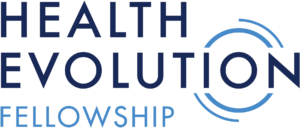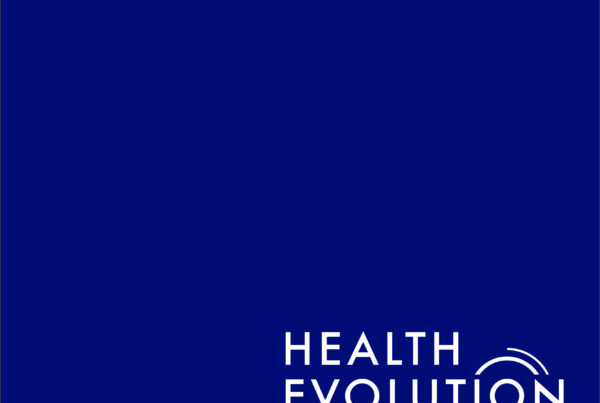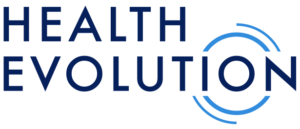Health Evolution established three new workgroups to measurably improve patient outcomes and health equity in the U.S. system.
Fellows are the principal participants in the Work Groups, which are part of the Health Evolution Forum, a peer-to-peer collaboration launched in July to drive real change across health care.
“Going back 20 or 30 years, the fundamentals of how care is delivered have not meaningfully changed,” said Jaewon Ryu, MD, CEO of Geisinger Health System, and a co-chair of the Roundtable. “Changing the fundamental nature of how care is delivered is still an opportunity where we have a lot more work in front of us than behind us.”
Consisting of broad cross-industry membership including CEOs, policymakers, thought leaders and other executives, the New Models of Care Delivery Roundtable ratified three key initiatives:
-
- Leveraging Value-based Payments to Increase Health Care Value and Resilience
- Reinventing Primary Care and Preventive Care Models
- Advancing Innovative Home-based Chronic Care Models
Why change is needed immediately
Health care is at a critical juncture to accelerate changes in those areas amid the COVID-19 pandemic, civil unrest, rising unemployment rates, economic challenges and health disparities.
“If we cannot use this opportunity and our collective energy and wisdom, hearts and hands, to change things for the better, I really don’t know when we can,” said Penny Wheeler, MD, CEO of Allina Health, and a co-chair of the Roundtable. “So I’m really excited to use this moment.”
Why CEOs should leverage value-based payments to increase resilience
To drive that change, the workgroups plan to identify best practices already in existence and proven to be effective, and then lead in the dissemination of those across the rest of the country, according to Brad Fluegel, Interim Executive Director of the Health Evolution Forum.
Workgroups will advance top priorities of CEOs and their boards relative to the ratified initiatives, which will constitute changes that CEOs are willing to make in their own organizations in addition to advocating that others take specific actions.
“CEOs will drive the change without relying on the government and without waiting for government to make the changes we want,” Fluegel said.
As associated policy changes are made, CEOs across the industry will already share a consensus about what needs to be done.
“We will lead by example by focusing on the voices and actions of people running large health care organizations,” Brailer said. “We are going to drive change so policy can come in underneath us instead of sitting here saying ‘policy should change.’”
The following is a brief explanation of each workgroup:
Leveraging VBP to Increase Health Care Value & Resilience. Health care systems implementing VBP care models have demonstrated their potential for improving efficiency and patient outcomes by reducing hospitalizations, specialty care and emergency room visits. Despite years of public policy and private market efforts, however, VBP arrangements represent the minority of reimbursement to the industry. The overarching goal of this Work Group is to increase the prevalence of VBP arrangements among providers and payers by identifying and reducing barriers to adoption to improve efficiency and patient outcomes.
Reinventing Primary Care and Preventative Care Models. Primary care has moved from solo practices and small groups to being vertically integrated into hospital systems or horizontally integrated into corporate groups, a trend that is being accelerated by the financial pressure from the impact of COVID-19 on primacy care practices. At the same time, new primary care models are emerging such as at-risk primacy care groups, concierge services, telemedicine and retail-based models. The goals of this workgroup are to develop templates for operating primary care practices across sites based on the type of provider and patient population that optimizes use of new technologies and leverages the skills of the entire health care workforce.
Advancing Innovative Home-Based Chronic Care Models.
Chronic conditions plague many Americans and are a significant driver of high health care costs, and COVID-19 has only exacerbated these conditions as homebound elderly and at-risk patients delay much-needed medical care. This has led to the propagation of new models for managing chronic care that rely on combinations of telemedicine, home visits from PCPs and specialists or advanced practitioners, remote patient monitoring, at-home treatments like IVs and nebulizers, and full-on “hospital in the home” models. The goals of this work group are to develop best practices for innovative models of chronic care management that improve patient outcomes and to drive their adoption by payer, provider and life sciences CEOs.
Taken together, the workgroups will more effectively align payment incentives with new care models for population health and individuals by reaching out to patients in new care settings.
Changing care delivery beyond COVID-19
While COVID-19 has highlighted the urgency of addressing these long-standing challenges in the industry, the work group initiatives will of course address the pandemic and strive toward a safer, more equitable future of care delivery.
To that extent, the Roundtable on New Models of Care Delivery’s charter lists remote monitoring, expanded telehealth and retail care as principal areas of focus.
The Roundtable and Work Groups will also explore advanced diagnostics, hospital and primary care resilience during and after COVID-19, as well as efficiency and value, with particular attention on scaling model to both meet new demands and advance operations.
“It’s not just about making the system run better,” said Esther Dyson, Executive Founder, Way to Wellville, and a Forum Fellow. “It’s about making the system do something better.”
Learn more about Health Evolution Forum’s New Models of Care Delivery Work Groups










